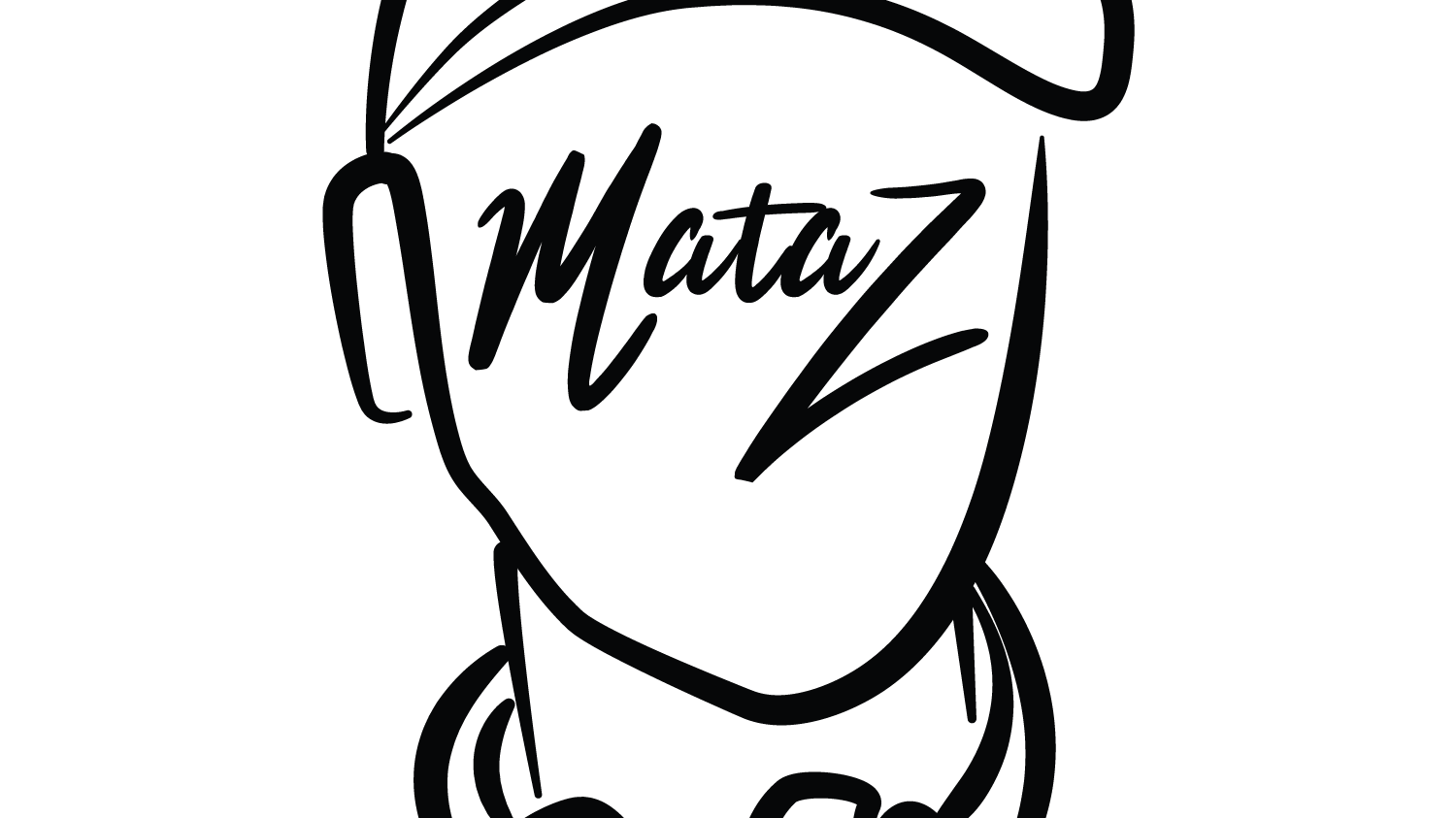At the beginning of 2021, The Good Company People were advised to have an empathy workshop. They had many stakeholders and so there were a lot of voices but the communication between them all was lacking.
To encourage better communication I decided to plan and host an empathy mapping workshop. I had never done this before so I started out by reaching out to my UX contacts for advice and scouring the internet for tips. I was told to make a plan of the exercises we would complete and a time schedule to help keep things moving. I was also advised that Miro would be a good tool to use.
So I started by creating a plan and working out the layout for the Miro board:
The session consisted of 11 stakeholders including the Co-Owners. It was arranged to last 2 hours and I had timings planned out based on how long it should take to complete. However, because of the pandemic, it would be taking place online and I perhaps didn't realise that not everyone would be as tech-savvy as myself! Therefore, the ice breaker, which I had allocated 11 minutes, actually took 25. In the end, I had to move on because it was taking too long.
The next tasks worked a lot better because I was able to split the group into 2 rooms on zoom and therefore there weren't so many voices. It also meant that the more confident Miro-users were able to become scribes so that others who were struggling could focus on the conversation. I spent my time switching between the groups to listen and offer guidance before bringing them back into the main room to have them listen to each other and explain the next task.
I asked them to first identify the individuals in the four main categories of Hosts, Guests, Relatives and Referrals. Next, I asked them to create a persona, one team was to create a Host persona, and the other a Guest. They then filled in an empathy map for the persona they created and how they feel about social care. Finally, the last task was looking at the onboarding journey for Guests and Hosts and how their persona would think and feel whilst completing the process.
The end result of this session was that all the stakeholders left with a new understanding of who their users were and what they would be needing from the Good Company. This understanding will help with the development of future processes as they will look at it from the perspective of their users and approach problems empathetically.
Overall the session was a success, it was exciting to watch the progress and the communication happening. I would definitely host more sessions like this in the future, I would need to be more confident though and trust the process.
Here is a quote from one of the Stakeholders who attended:







